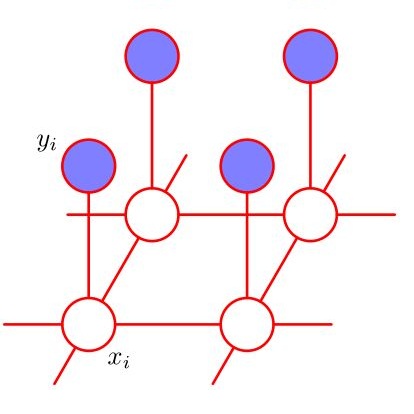PatchMatch based Multi-view Stereo (MVS) algorithms have achieved great success in large-scale scene reconstruction tasks. However, reconstruction of texture-less planes often fails as similarity measurement methods may become ineffective on these regions. Thus, a new plane hypothesis inference strategy is proposed to handle the above issue. The procedure consists of two steps: First, multiple plane hypotheses are generated using filtered initial depth maps on regions that are not successfully recovered; Second, depth hypotheses are selected using Markov Random Field (MRF). The strategy can significantly improve the completeness of reconstruction results with only acceptable computing time increasing. Besides, a new acceleration scheme similar to dilated convolution can speed up the depth map estimating process with only a slight influence on the reconstruction. We integrated the above ideas into a new MVS pipeline, Plane Hypothesis Inference Multi-view Stereo (PHI-MVS). The result of PHI-MVS is validated on ETH3D public benchmarks, and it demonstrates competing performance against the state-of-the-art.
翻译:在大规模现场重建任务中,基于PatchMatch(PatchMatch)的多视立体(MVS)算法取得了巨大成功,然而,无纹理飞机的重建往往失败,因为相似测量方法在这些区域可能变得无效。因此,提出了一个新的平面假设推论战略来处理上述问题。程序包括两个步骤:第一,利用未成功恢复区域的过滤初步深度地图生成多个飞机假设;第二,利用Markov随机场选择深度假设。该战略可以大大改善重建成果的完整性,只有增加可接受的计算时间。此外,类似变速变速法的新加速计划可以加快深度地图的估算过程,对重建的影响很小。我们将上述想法纳入新的马氏系统管道Plane Hypothesis Inference多视镜(PHI-MVS),PHI-MVS的结果根据ET3D公共基准得到验证,并显示其业绩与状态相竞争。



